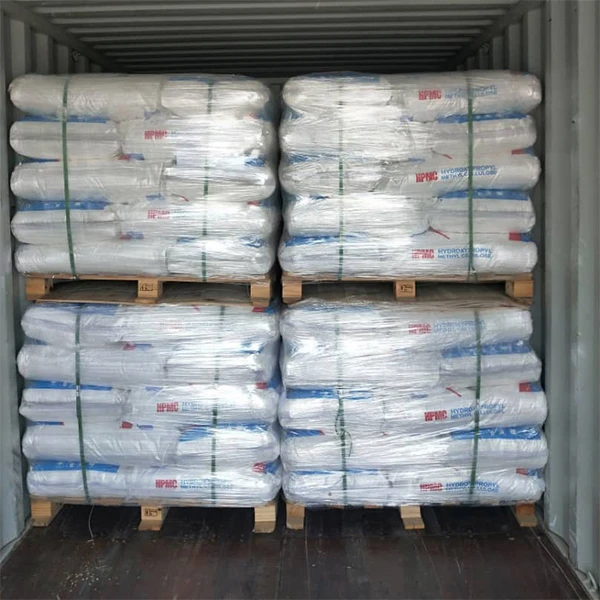Exploring the Benefits and Applications of Concrete Additives
Concrete is one of the most widely used construction materials in the world, playing a critical role in various infrastructure projects, from buildings and bridges to roads and tunnels
. However, the inherent properties of concrete, such as its susceptibility to cracking, shrinkage, and low tensile strength, often pose challenges to engineers and construction workers. This is where concrete additives come into play, offering innovative solutions to enhance the performance and longevity of concrete structures.Concrete additives, also known as admixtures, are materials added to the concrete mix to modify its properties. They can be classified into two main categories chemical admixtures and mineral additives. Chemical admixtures are those that alter the chemical properties of the concrete, while mineral additives are finely ground materials that provide additional benefits.
One of the most common types of chemical admixtures is plasticizers or superplasticizers, which improve the workability of fresh concrete. These additives reduce the amount of water required in the mix while maintaining the same workability. This is particularly beneficial in heavily reinforced structures where flowing concrete is needed to fill every corner without segregation. Moreover, reducing water content leads to increased strength and durability after curing.
Another important category of chemical admixtures is accelerators, which speed up the setting and hardening process of concrete. This is especially useful in cold weather conditions where traditional concrete takes longer to set. By incorporating accelerators, construction projects can proceed without delay, reducing downtime and labor costs.
concrete additives

On the other hand, mineral additives such as fly ash, silica fume, and slag cement enhance the strength and durability of concrete. Fly ash, a byproduct of coal combustion, is commonly used as a partial replacement for Portland cement. It not only improves workability and reduces permeability but also promotes resistance to sulfate attack and alkali-silica reaction. Silica fume, a byproduct of silicon metal production, increases the density of concrete, providing exceptional strength and durability, particularly in structures exposed to harsh environmental conditions.
The use of concrete additives can also contribute to sustainability in construction. By utilizing industrial byproducts like fly ash and slag, the demand for new cement production is reduced, leading to lower carbon emissions associated with the manufacturing process. In addition, these additives often enhance the longevity of concrete, which translates to less maintenance and a longer lifecycle for infrastructure projects.
In recent years, the demand for high-performance concrete has surged, pushing the boundaries of traditional concrete formulations. The emergence of new technologies has led to the development of advanced additives capable of further enhancing concrete properties. For instance, researchers are developing nanomaterials that can reinforce concrete at the microscopic level, improving its tensile strength and resistance to cracking.
Moreover, smart additives that can respond to environmental stimuli are gaining traction. For example, self-healing concrete incorporates specialized materials that can recognize cracks and heal them autonomously, drastically extending the lifespan of structures.
In conclusion, the role of concrete additives in modern construction cannot be overstated. From enhancing workability and accelerating curing times to improving strength and sustainability, these additives are vital for tackling the challenges faced by the construction industry. As technology continues to advance, the future of concrete additives looks promising, paving the way for safer, more durable, and sustainable structures. By harnessing the potential of these innovative materials, engineers and architects can build a resilient infrastructure that meets the demands of tomorrow while ensuring the safety and longevity of our built environment.
-
Rdp Powder: Key Considerations for Wholesalers in the Building Materials IndustryNewsJul.08,2025
-
Key Considerations for Wholesalers: Navigating the World of Hpmc - Based ProductsNewsJul.08,2025
-
Hpmc Detergent: Key Considerations for WholesalersNewsJul.08,2025
-
Key Considerations for Wholesalers: China Hpmc For Tile Adhesive, Coating Additives, Concrete Additives, and MoreNewsJul.08,2025
-
Crucial Considerations for Wholesalers: Navigating the World of Construction MaterialsNewsJul.08,2025
-
Key Considerations for Wholesalers Sourcing Additive For Cement, Additive For Concrete, Additive For Putty from Additive Manufacturer Shijiazhuang Gaocheng District Yongfeng Cellulose Co., Ltd.NewsJul.08,2025




